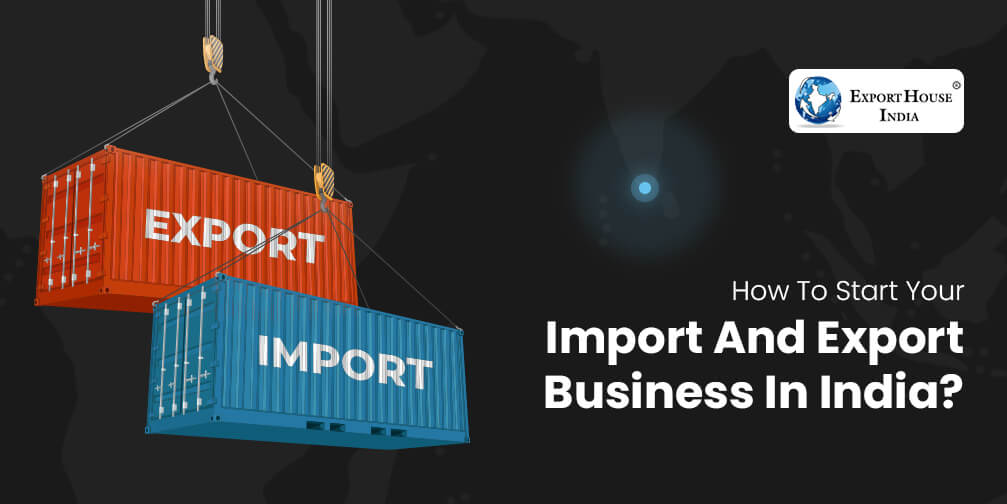
India is full of opportunities! It’s got tons of resources and big potential to grow. If you make the right moves, you can totally rock the global market. One awesome way to get into the game is through import-export business in India—it’s a big deal here. Super profitable! But hey, it’s not a cakewalk. Starting this kind of business is a bit of work. You’ve got some steps to follow, but nail those, and you’ll be all set to dive into the exciting world of international trade.
Good luck on your journey!
A PAN Card (Permanent Account Number) is essential in the world of import and export. To engage in the trade of goods, your import-export business needs its own PAN Card. This card is crucial for tracking taxes and financial transactions related to the organization. Issued by the Income Tax Department, the PAN Card serves as authoritative proof for both imports and exports from India. The process of acquiring a PAN for your business mirrors obtaining one for yourself.
To kickstart your import-export venture, the initial step involves determining the type of business entity based on ownership structure. Subsequently, you must register your new business and pick a name for your entity. Choices range from establishing a partnership firm, sole proprietorship firm, an LLP, a private limited company to a public limited company.
A Current account designated for business entities is essential for your export-import venture. Your new business will require a current account for conducting transactions with customers and vendors. The documents needed to open this account may vary based on your chosen business entity.
The 10-digit IEC, issued by the DGFT, is a lifelong business identifier. To apply, submit supporting documents with the application form. It is mandatory for foreign trade entities, as export or import is prohibited without an IEC, unless exempt. Participation in the DGFT export scheme also requires a valid IEC.
Base your business strategy on careful product selection. Stay informed about international market complexities, trends, and regulations. Resist the urge to hastily pick a product—research competitors, prices, and consider demand and profit margins to ensure the right fit for your import-export business.
Once you’ve chosen your product and market, the subsequent step in your business plan involves determining how to find buyers for your export product. Various methods can be employed to gather leads, including creating a website, enlisting on buyer-seller platforms, participating in trade fairs and exhibitions, and utilizing government bodies like Export Promotion Councils.
You’re all set! Get operational by sorting out shipping partners, freight forwarders, customs clearing agents, and explore market opportunities. Promote your business overseas, and you’re ready to roll.
Follow these steps, and you’ll be prepped for your first shipment and the challenges that come with it.
Without a solid local ally, it’s tough to gauge if your Indian counterpart can truly meet your requirements.
Enter Export House India—the ultimate solution for connecting with a trustworthy Indian manufacturer for your product sourcing needs or finding a distributor to export from Europe to India. We guide you through the entire process, from handling legal complexities to crafting contracts and more. Headquartered in Poland, we are offering you exclusive services and support to not just survive but thrive in the Indian market. Let’s make your collaboration a success story!